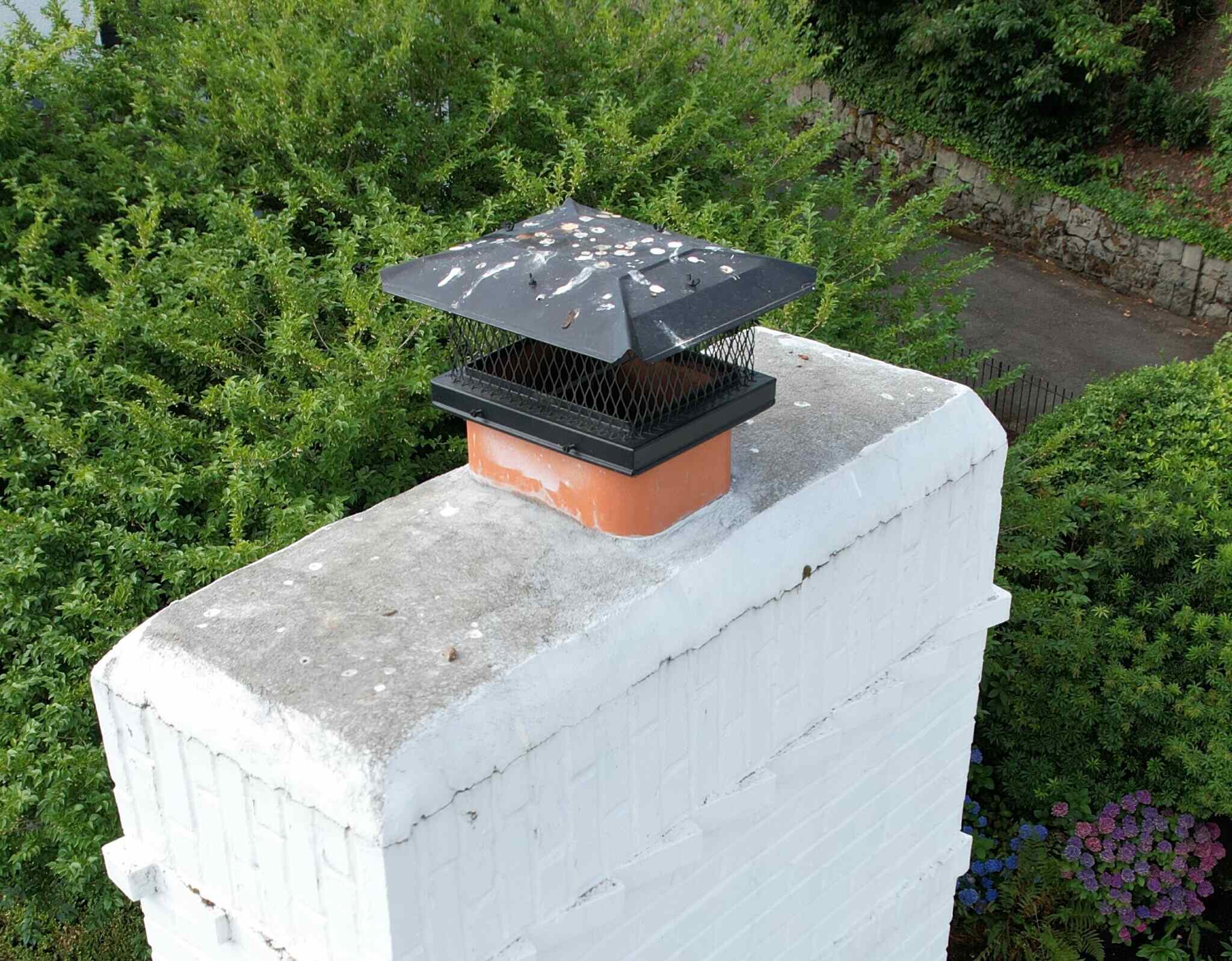

Articles
What Is A Spark Arrestor On A Chimney
Modified: February 24, 2024
Learn more about spark arrestors on chimneys in our informative articles. Discover how they work and their importance in preventing chimney fires.
(Many of the links in this article redirect to a specific reviewed product. Your purchase of these products through affiliate links helps to generate commission for Storables.com, at no extra cost. Learn more)
Introduction
When it comes to keeping your home safe from potential hazards, chimney maintenance is crucial. A chimney plays an essential role in safely venting smoke and gases from your fireplace or wood-burning stove. However, a chimney is also susceptible to a specific danger – sparks and embers that can escape and potentially ignite surrounding materials.
This is where a spark arrestor comes into play. A spark arrestor is a vital component of your chimney system that helps prevent sparks and embers from exiting the chimney and causing fires. In this article, we will delve deeper into what a spark arrestor is, its purpose, how it works, different types available, and the importance of regular maintenance.
Understanding how a spark arrestor functions and its significance for your chimney’s safety will empower you to make informed decisions about its installation and upkeep. So, let’s explore the world of chimney spark arrestors.
Key Takeaways:
- Installing a spark arrestor on your chimney is crucial for preventing chimney fires, wildfires, and environmental damage. Regular maintenance ensures optimal performance, prolonging the lifespan of your chimney system and promoting safety.
- The absence of a spark arrestor poses significant risks, including chimney fires, wildfires, and environmental harm. By prioritizing the installation and maintenance of a spark arrestor, you contribute to fire prevention and environmental safety.
Read more: What Is Chimney Soot
Understanding Chimney Spark Arrestors
A chimney spark arrestor is a device specifically designed to minimize the risk of sparks and embers escaping from your chimney. It acts as a barrier, preventing these potentially hazardous materials from reaching the outside environment and igniting surrounding structures, such as dry leaves, rooftops, or nearby trees.
Traditionally, spark arrestors were made of metal mesh screens that were fitted on top of the chimney. However, modern spark arrestors now come in a variety of designs, materials, and sizes, offering enhanced efficiency and safety.
The primary goal of a spark arrestor is to trap and extinguish any sparks or embers that may be present in the flue gases exiting the chimney. By blocking these fiery particles, it ensures that they don’t pose a threat to your home or the surrounding area.
It’s important to note that spark arrestors are not limited to just chimneys. They are also used in other applications where fire hazards exist, such as on outdoor fire pits, barbecue grills, and industrial chimneys.
Overall, understanding the purpose and mechanics of chimney spark arrestors is key to appreciating their role in protecting your home from the potential dangers associated with a functioning fireplace or wood-burning stove.
Purpose of a Spark Arrestor on a Chimney
The primary purpose of a spark arrestor on a chimney is to prevent sparks and embers from escaping and causing fire hazards. As smoke and gases are expelled from a chimney, they often carry small burning particles that can ignite combustible materials in the vicinity.
By installing a spark arrestor on your chimney, you create a crucial barrier that traps these hot embers and sparks. This prevents them from being carried away by the wind and landing on flammable surfaces, such as dry leaves, rooftops, or nearby vegetation.
Furthermore, a spark arrestor reduces the risk of a chimney fire. Over time, creosote, a highly flammable substance, can build up on the chimney’s inner walls. If a spark or ember reaches this creosote buildup, it can quickly ignite and lead to a dangerous chimney fire. However, with a spark arrestor in place, the chances of these sparks reaching the creosote and starting a fire are significantly decreased.
Another important purpose of a spark arrestor is to protect against the spread of wildfires. During periods of dry and windy weather, nearby forests and vegetation become susceptible to wildfires. If a spark or ember lands on these dry surfaces, it can quickly ignite a larger fire. By using a spark arrestor, you contribute to the overall fire safety measures in your area by helping prevent the spread of wildfires caused by chimney sparks.
In addition to fire prevention, a spark arrestor also promotes environmental safety. When sparks and embers escape from a chimney, they can end up in nearby rivers, lakes, or other bodies of water. These hot particles can potentially harm aquatic ecosystems, causing environmental damage. By using a spark arrestor, you ensure that any particles captured by the spark arrestor are safely contained and do not pose a threat to the environment.
In summary, the purpose of a spark arrestor on a chimney is to prevent the escape of sparks and embers, reduce the risk of chimney fires, protect against the spread of wildfires, and promote environmental safety.
How a Spark Arrestor Works
A spark arrestor works by creating a physical barrier that prevents sparks and embers from exiting the chimney while allowing smoke and gases to pass through. The design and structure of the spark arrestor play a vital role in its functionality.
Most spark arrestors consist of a metal mesh screen, typically made from stainless steel or other heat-resistant materials. This mesh screen is strategically placed at the top of the chimney, where it covers the chimney opening.
As smoke and gases rise through the chimney, they encounter the spark arrestor screen. The screen’s fine mesh size is designed to capture and contain any sparks or burning particles present in the flue gases. These particles become trapped within the small openings of the mesh, preventing them from escaping into the external environment.
The mesh screen is carefully constructed to balance two important factors: spark containment and airflow. While the mesh screen must be fine enough to catch sparks, it should also allow for proper ventilation, ensuring the uninterrupted flow of smoke and gases out of the chimney. This balance allows for optimal chimney performance while reducing the risk of sparks escaping.
In addition to the mesh screen, some spark arrestors also incorporate a secondary barrier known as a rain cap or bird guard. This component is installed above the mesh screen and serves a dual purpose: preventing rainwater and debris from entering the chimney while still allowing smoke and gases to pass through. The rain cap or bird guard helps maintain the spark arrestor’s effectiveness by keeping the mesh screen clear and free from obstructions.
It’s essential to choose a spark arrestor that is properly sized and fitted for your specific chimney. A well-fitted spark arrestor ensures that there are no gaps or openings that can allow sparks to bypass its protection.
In summary, a spark arrestor functions by physically capturing sparks and embers using a mesh screen. This barrier prevents these fiery particles from escaping the chimney while allowing for the uninterrupted flow of smoke and gases. The inclusion of a rain cap or bird guard further enhances the spark arrestor’s effectiveness by keeping the mesh screen clear and obstruction-free.
Types of Spark Arrestors for Chimneys
When it comes to spark arrestors for chimneys, there are various types available, each with its own advantages and considerations. Here are some common types:
- Mesh Screen Spark Arrestor: This is the most traditional and widely used type of spark arrestor. It features a mesh screen made of stainless steel or other heat-resistant materials. The mesh is tightly woven with small openings that capture sparks and embers while allowing smoke and gases to pass through. Mesh screen spark arrestors are effective, cost-efficient, and easy to install.
- Spark Arrestor Caps: These are spark arrestors that come in a cap-like shape and are designed to fit directly on top of the chimney. Spark arrestor caps often incorporate a mesh screen along with a rain cap or bird guard. The dual functionality of these caps provides protection against sparks and embers as well as preventing rainwater and debris from entering the chimney.
- Spark Arrestor Grates: These spark arrestors consist of a metal grate that is placed inside the fireplace or wood-burning stove. The spark arrestor grate is positioned on top of the fire, acting as a barrier to prevent sparks and embers from escaping. This type of spark arrestor is particularly useful for indoor fireplaces, as it ensures that sparks are contained and don’t pose a risk to the surrounding area.
- Chimney Spark Arrestor Chains: A spark arrestor chain is a chain-like device made of metal links that hangs down into the chimney. The chain disrupts the airflow, causing any sparks or embers to lose their momentum and fall back into the fireplace or wood-burning stove. While not as common as other types, chimney spark arrestor chains can be an effective option for preventing sparks from exiting the chimney.
- Spark Arrestor Plates: These spark arrestors are installed within the chimney flue, acting as a barrier between the firebox and the flue. Spark arrestor plates are typically made of metal and feature small holes or slots that allow smoke and gases to pass through while stopping sparks and embers. This type of spark arrestor provides comprehensive protection by preventing sparks from reaching the chimney opening.
When selecting a spark arrestor for your chimney, it’s important to consider factors such as the type of fireplace or wood-burning stove you have, the size of your chimney, and any local regulations or building codes that may dictate specific requirements for spark arrestors. Consulting with a professional chimney technician or installer can help you make an informed decision and ensure you choose the right type of spark arrestor for your specific needs.
Regularly inspect and clean your spark arrestor on the chimney to prevent the buildup of debris and reduce the risk of chimney fires.
Read more: What Is Chimney Grime
Installing a Spark Arrestor on a Chimney
Installing a spark arrestor on your chimney is a relatively straightforward process that can be done by a homeowner or a professional chimney technician. Here are the general steps involved in installing a spark arrestor:
- Assess your chimney: Before installing a spark arrestor, it’s essential to evaluate the condition of your chimney. Make sure the chimney is structurally sound, free from any obstructions, and in good overall condition. If there are any existing chimney caps or covers, remove them in preparation for the spark arrestor installation.
- Choose the right spark arrestor: Select a spark arrestor that is suitable for your specific chimney and meets any local regulations or building codes. Consider factors such as the size of your chimney, the type of fireplace or wood-burning stove you have, and the desired level of protection.
- Prepare the spark arrestor: If necessary, assemble the spark arrestor according to the manufacturer’s instructions. Ensure that all components are securely fastened and in proper working order.
- Position the spark arrestor: Carefully position the spark arrestor on top of the chimney opening. Ensure that it covers the entire flue opening and aligns properly with the chimney structure. Verify that the spark arrestor is level and centered on the chimney.
- Secure the spark arrestor: Depending on the type of spark arrestor you are installing, secure it to the chimney using the provided hardware or fasteners. Follow the manufacturer’s instructions for proper installation. Ensure that the spark arrestor is firmly attached and stable.
- Test the installation: Once the spark arrestor is installed, conduct a visual inspection to ensure that it is securely in place and properly aligned. Look for any gaps or openings that could allow sparks or embers to bypass the spark arrestor. If necessary, make any adjustments or modifications to ensure a tight and effective fit.
- Maintain and clean periodically: Regularly inspect and clean the spark arrestor to remove any debris or buildup that may hinder its functionality. Follow the manufacturer’s recommendations for maintenance and cleaning procedures.
It’s important to note that while installing a spark arrestor on your chimney can enhance safety, it should not be considered a substitute for regular chimney maintenance. Ensure that your chimney is inspected and cleaned regularly by a professional to maintain its proper functioning and prevent any potential hazards.
By following these steps and considering professional advice if needed, you can install a spark arrestor on your chimney to minimize the risk of sparks and embers escaping and ensure the safety of your home.
Importance of Regular Maintenance
Regular maintenance is essential when it comes to ensuring the optimal performance and safety of your chimney and spark arrestor. Here are some key reasons why regular maintenance is important:
- Prolonged lifespan: Regular maintenance helps prolong the lifespan of your chimney and spark arrestor. By keeping them clean and well-maintained, you can prevent issues such as rust, corrosion, and deterioration, which can lead to costly repairs or the need for premature replacements.
- Enhanced safety: Regular maintenance significantly reduces the risk of chimney fires caused by creosote buildup. Creosote is a highly flammable substance that accumulates on the inner walls of chimneys over time. By regularly inspecting and cleaning the chimney, you can remove creosote deposits and minimize the risk of a dangerous chimney fire.
- Prevention of blockages: Regular maintenance ensures that your chimney and spark arrestor are free from any obstructions or blockages. Blockages can occur due to debris, bird nests, or other foreign objects. If left unaddressed, blockages can restrict airflow, lead to poor chimney performance, and increase the risk of smoke backups or carbon monoxide leaks into your home.
- Optimal performance: Keeping your chimney and spark arrestor well-maintained allows them to function at their best. A properly functioning chimney and spark arrestor ensure efficient ventilation, proper draft, and effective containment of sparks and embers. This not only improves the safety of your home but also enhances the overall performance of your fireplace or wood-burning stove.
- Compliance with regulations: Regular chimney maintenance helps ensure that your chimney and spark arrestor comply with local regulations and building codes. This is especially important if you live in an area with specific requirements regarding chimney maintenance and safety standards. By staying compliant, you contribute to the safety of your home and avoid potential legal issues.
It’s important to note that chimney and spark arrestor maintenance should be performed by qualified professionals. A professional chimney technician can conduct inspections, cleanings, and necessary repairs to ensure that your chimney and spark arrestor are in optimal condition.
By prioritizing regular maintenance, you not only extend the lifespan of your chimney and spark arrestor but also enhance their safety, prevent blockages, optimize performance, and remain compliant with regulations. Investing in regular maintenance is a proactive step towards protecting the integrity of your chimney system and the safety of your home.
Benefits of Using a Spark Arrestor
Using a spark arrestor on your chimney offers several significant benefits that enhance both safety and peace of mind. Here are some key advantages of using a spark arrestor:
- Fire prevention: The primary benefit of using a spark arrestor is the prevention of chimney fires. Sparks and embers can ignite surrounding materials, leading to potentially devastating fires. A spark arrestor acts as a barrier, trapping sparks and embers and preventing them from escaping the chimney. By containing these fire hazards, a spark arrestor reduces the risk of chimney fires and helps keep your home and surrounding property safe.
- Wildfire prevention: Spark arrestors also contribute to the prevention of wildfires. Sparks and embers that escape chimneys can land on dry vegetation, leading to the rapid spread of wildfires. By using a spark arrestor, you play a responsible role in reducing the risk of wildfires and protecting not only your property but also the surrounding environment.
- Environmental safety: A spark arrestor helps safeguard the environment by preventing sparks and embers from reaching nearby bodies of water or sensitive ecosystems. When these fiery particles enter water sources, they can harm aquatic life and disrupt delicate ecosystems. By using a spark arrestor, you take a proactive step towards preserving the environment and promoting ecological well-being.
- Peace of mind: Having a spark arrestor in place provides you with peace of mind, knowing that your chimney is protected from dangerous sparks and embers. You can enjoy the warmth and ambiance of your fireplace or wood-burning stove without constantly worrying about potential fire hazards. This peace of mind allows you to fully enjoy the comfort and relaxation that your fireplace brings.
- Compliance with regulations: In many areas, using a spark arrestor is required by law or local building codes. By using a spark arrestor, you ensure that you are in compliance with these regulations and avoid any potential fines or penalties. Additionally, using a spark arrestor demonstrates your commitment to fire safety and responsible chimney maintenance.
Overall, the benefits of using a spark arrestor are clear. It enhances fire prevention, helps prevent wildfires, promotes environmental safety, provides peace of mind, and ensures compliance with regulations. By investing in a spark arrestor, you prioritize the safety of your home and contribute to a safer environment for everyone.
Potential Risks of Not Having a Spark Arrestor
Not having a spark arrestor on your chimney can expose you to several significant risks and potential hazards. Here are some of the potential risks associated with not having a spark arrestor:
- Chimney fires: The absence of a spark arrestor increases the risk of chimney fires. Without a spark arrestor, sparks and embers can freely escape from the chimney and land on flammable materials surrounding your home, such as dry leaves, rooftops, or nearby trees. These fiery particles can quickly ignite and lead to a dangerous chimney fire that poses a threat to your property and the safety of your family.
- Wildfires: Without a spark arrestor, sparks and embers carried by the wind can escape from the chimney and potentially cause wildfires. During dry and windy weather conditions, even a small spark landing on dry vegetation can lead to the rapid spread of a devastating wildfire. Not having a spark arrestor increases the risk of sparking a wildfire and endangering not only your property but also the entire community.
- Environmental damage: When sparks and embers leave the chimney without a spark arrestor, they can land in nearby bodies of water, such as rivers or lakes. These fiery particles can harm aquatic life and disrupt delicate ecosystems. Additionally, uncontained sparks can also damage vegetation, leading to ecological imbalances. Without a spark arrestor, you risk causing environmental damage and impacting the natural surroundings.
- Increased carbon monoxide risk: While a spark arrestor’s primary function is to prevent sparks and embers from escaping, it also plays a role in maintaining proper chimney ventilation. Without a spark arrestor, obstructions such as leaves, debris, or bird nests can accumulate in the chimney, blocking the airflow. This obstruction can lead to an improper draft, increased smoke backup, and a higher risk of carbon monoxide accumulation in your home.
- Violating regulations: In many areas, the installation of spark arrestors is required by local regulations and building codes. Not having a spark arrestor can put you in violation of these regulations, leading to potential fines and penalties. By neglecting to install a spark arrestor, you not only expose yourself to the risks mentioned above but also face legal and regulatory consequences.
Considering these potential risks, it is clear that not having a spark arrestor on your chimney can pose significant dangers to your property, the environment, and your overall safety. Installing a spark arrestor is a vital safety precaution that helps prevent chimney fires, wildfires, environmental damage, and other potential hazards.
Read more: What Is A Chimney Hood
Conclusion
Safeguarding your home and protecting your loved ones from potential fire hazards is of utmost importance. The installation of a spark arrestor on your chimney plays a crucial role in minimizing the risk of sparks and embers escaping and causing fires. By understanding the purpose, function, and benefits of a spark arrestor, you are equipped to make informed decisions regarding its installation and maintenance.
A spark arrestor acts as a barrier, capturing sparks and embers that would otherwise pose a threat to your home and the surrounding area. It prevents chimney fires, reduces the risk of wildfires, and promotes environmental safety by minimizing the spread of sparks and embers. Additionally, incorporating a spark arrestor into your chimney system ensures compliance with local regulations and building codes.
Regular maintenance is vital to the optimal performance of your spark arrestor and chimney. Regular inspections, cleanings, and repairs help prolong the lifespan of your chimney system, enhance safety, and prevent blockages that could inhibit proper airflow. Consulting with a professional chimney technician ensures that your spark arrestor is correctly installed and maintained to guarantee its effectiveness.
In conclusion, the installation of a spark arrestor on your chimney offers numerous benefits, including fire prevention, wildfire prevention, environmental safety, and peace of mind. By prioritizing the use of a spark arrestor and maintaining it regularly, you demonstrate a responsible commitment to chimney safety and the protection of your home and environment.
Investing in a spark arrestor is an investment in the safety and well-being of your household. So take the necessary steps to secure your chimney and enjoy the warmth and ambiance of your fireplace or wood-burning stove with peace of mind.
Frequently Asked Questions about What Is A Spark Arrestor On A Chimney
Was this page helpful?
At Storables.com, we guarantee accurate and reliable information. Our content, validated by Expert Board Contributors, is crafted following stringent Editorial Policies. We're committed to providing you with well-researched, expert-backed insights for all your informational needs.
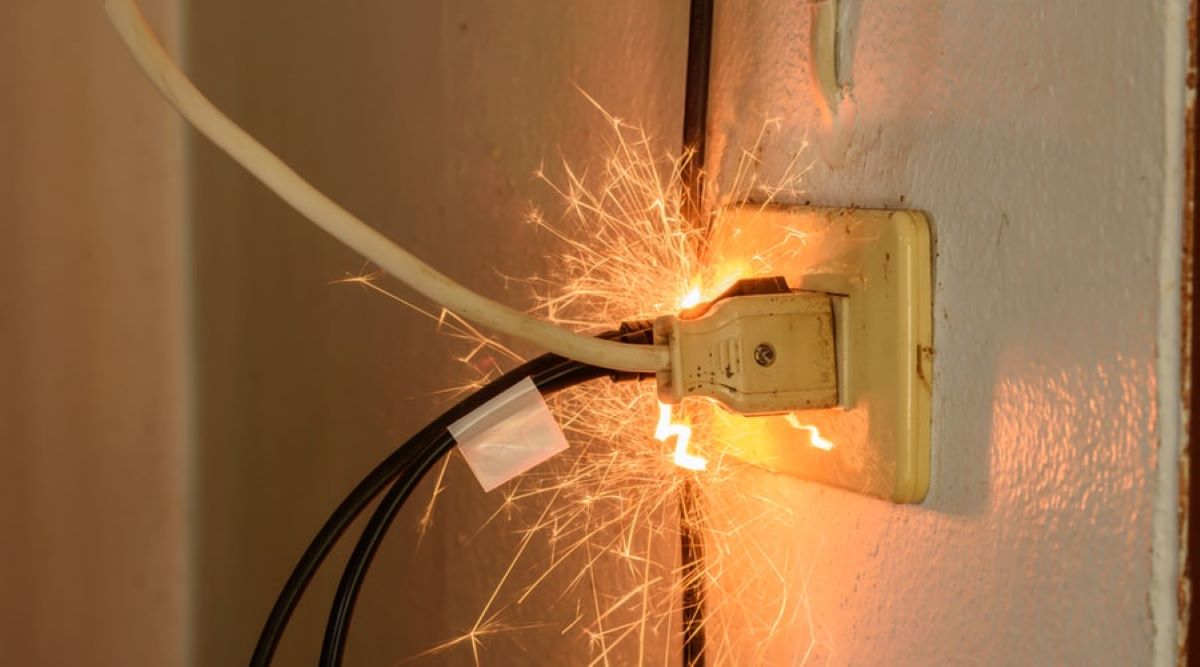
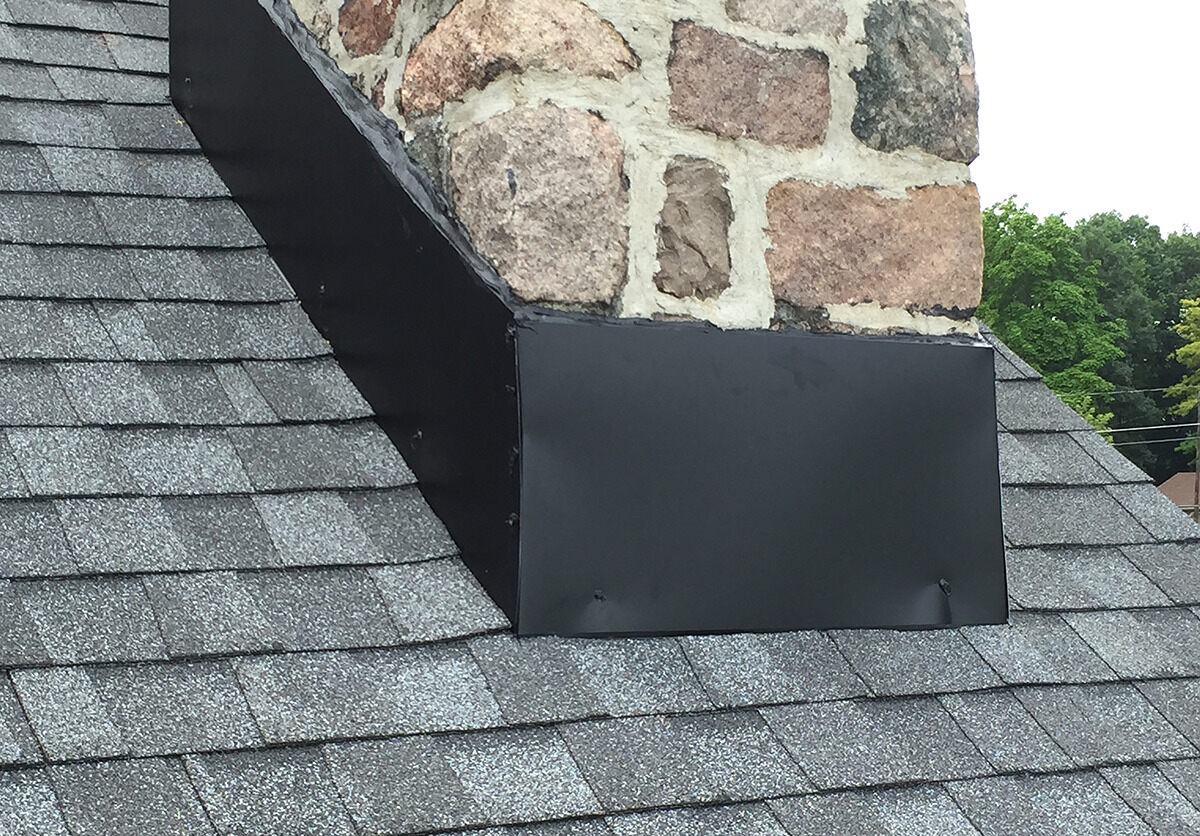
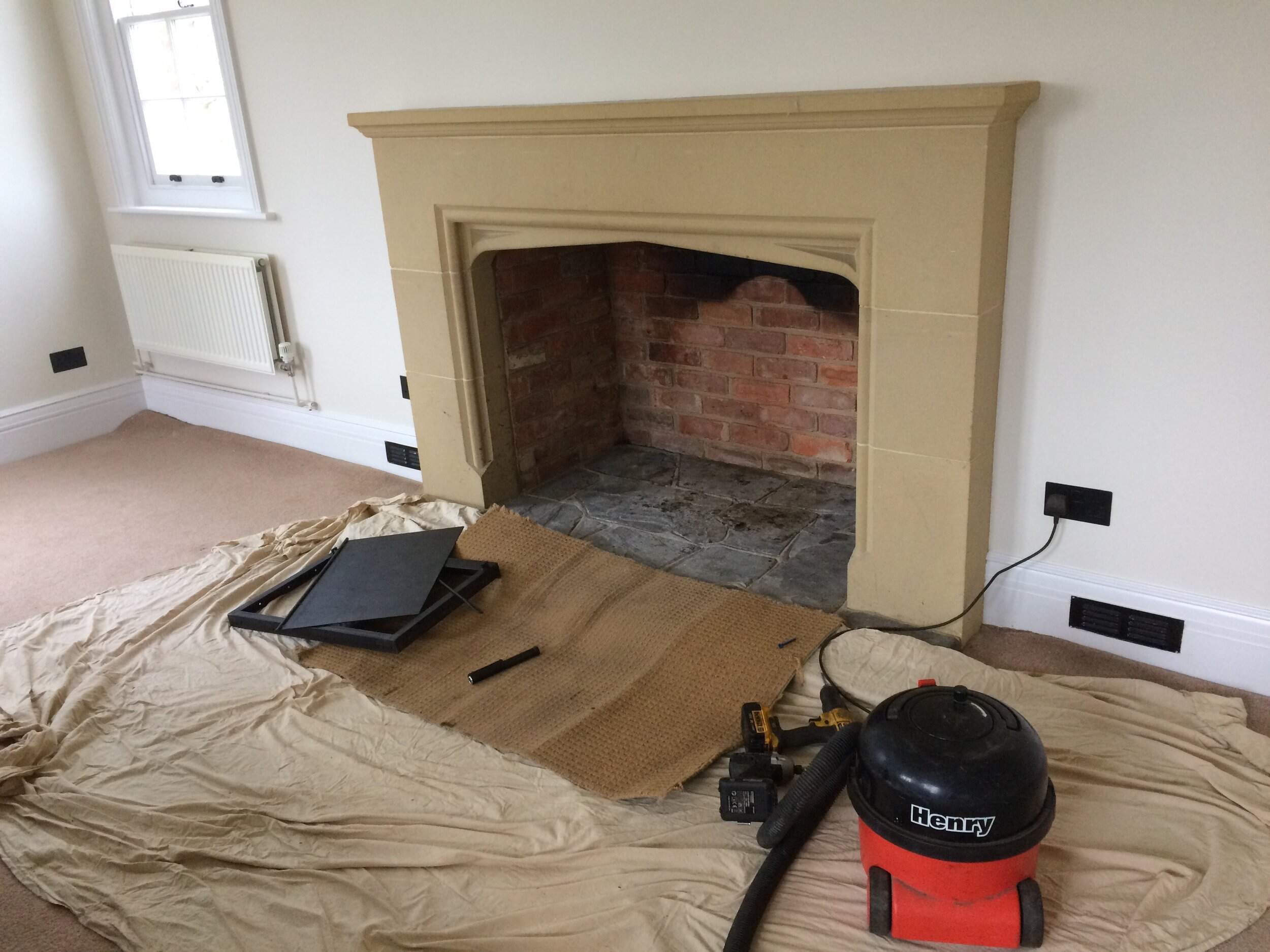
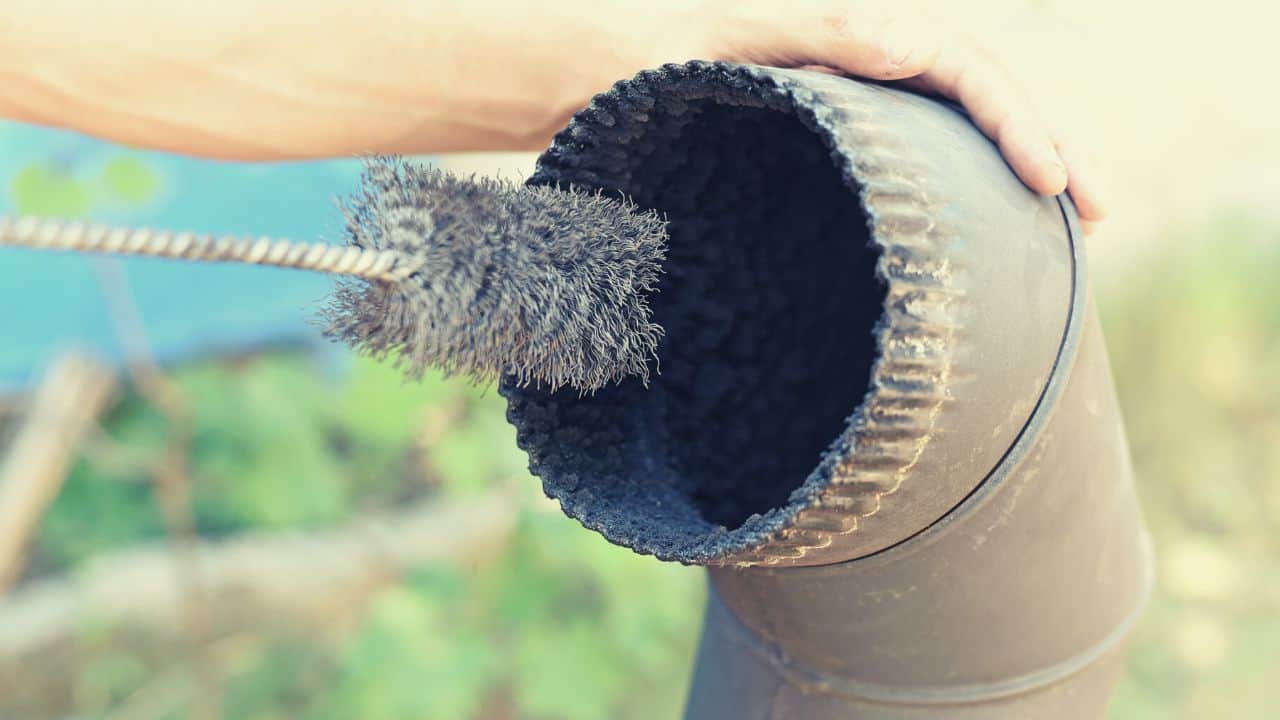
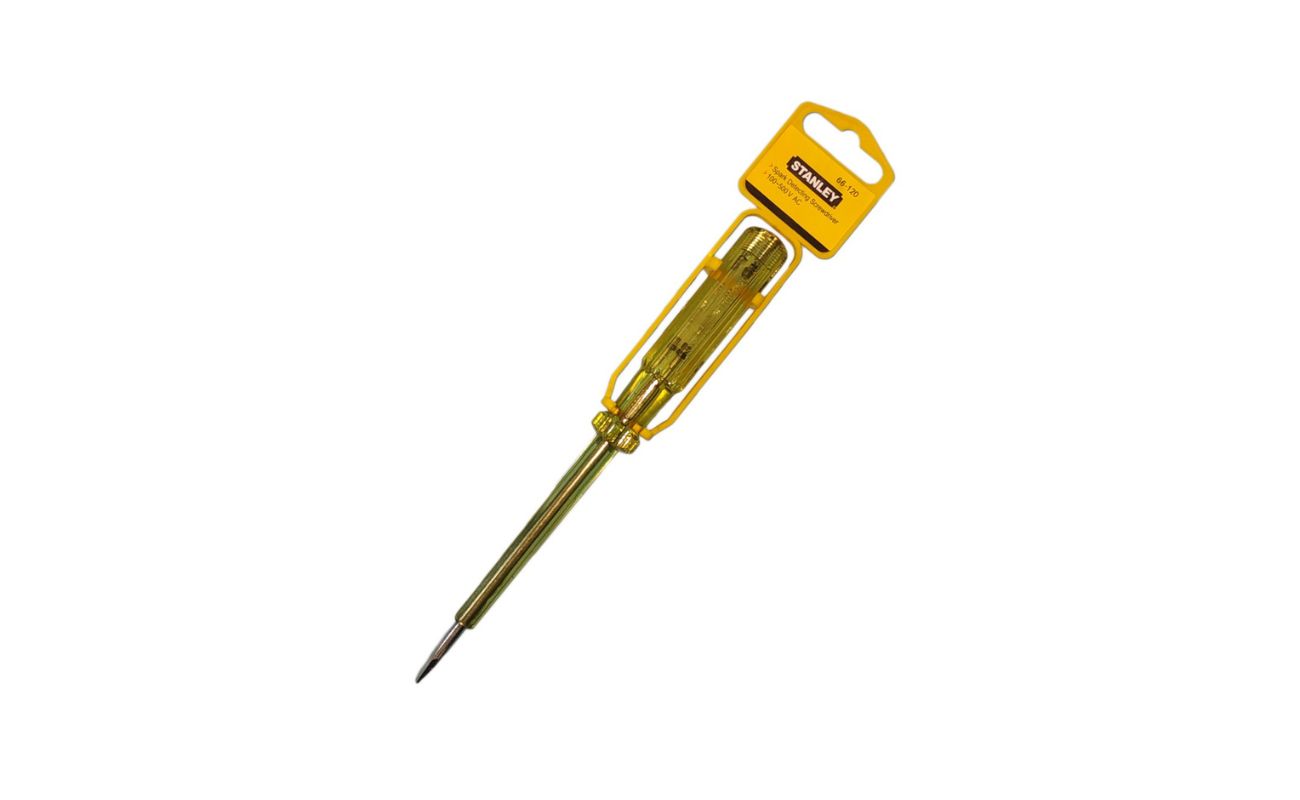
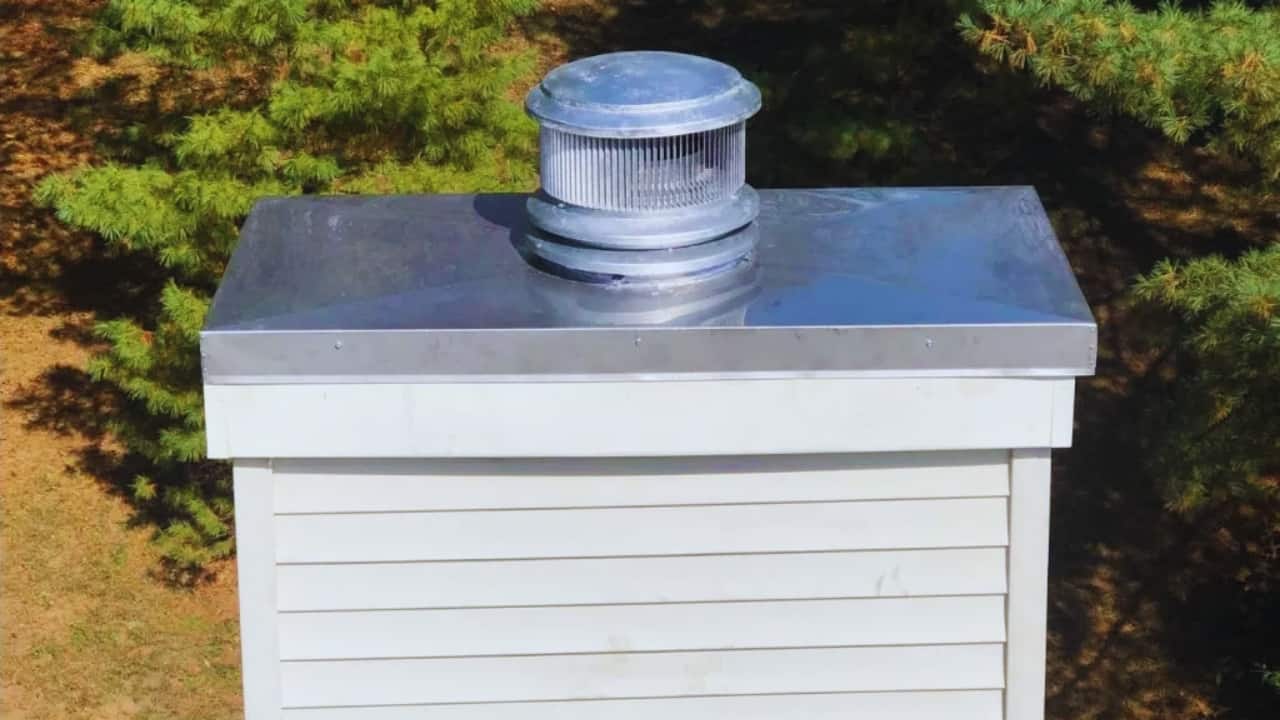
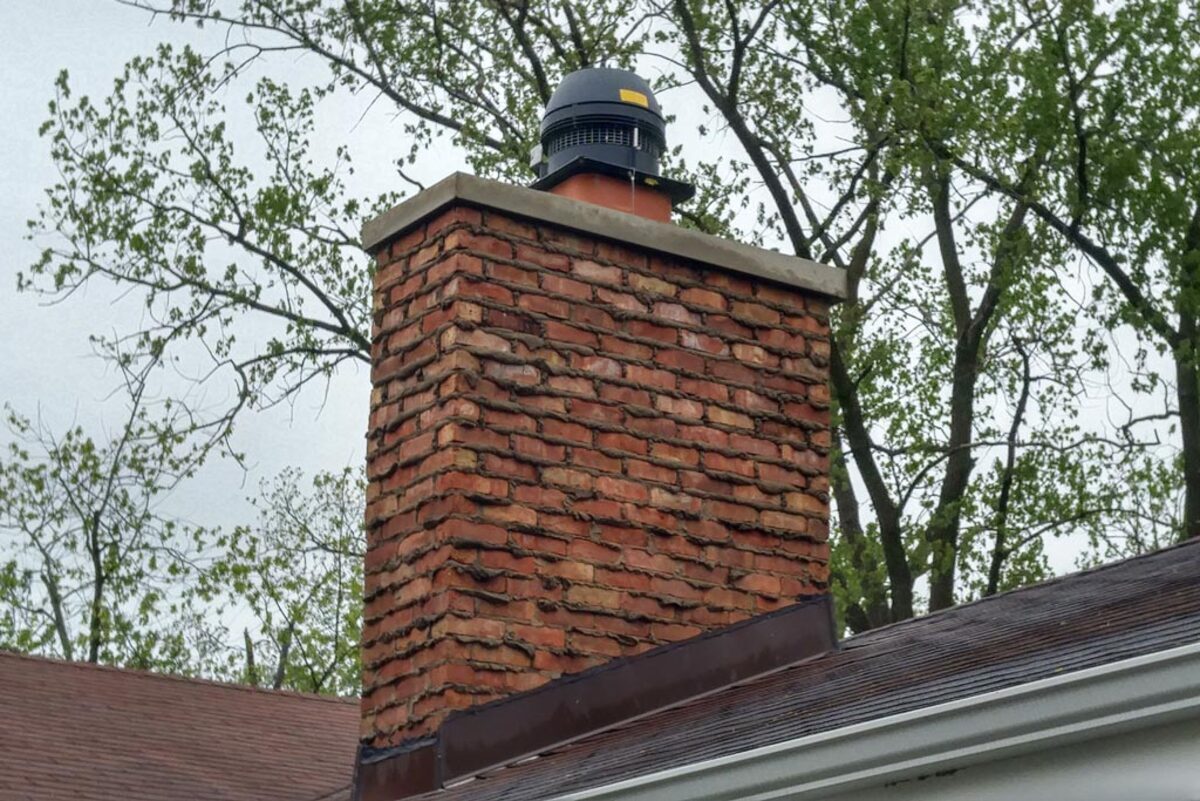

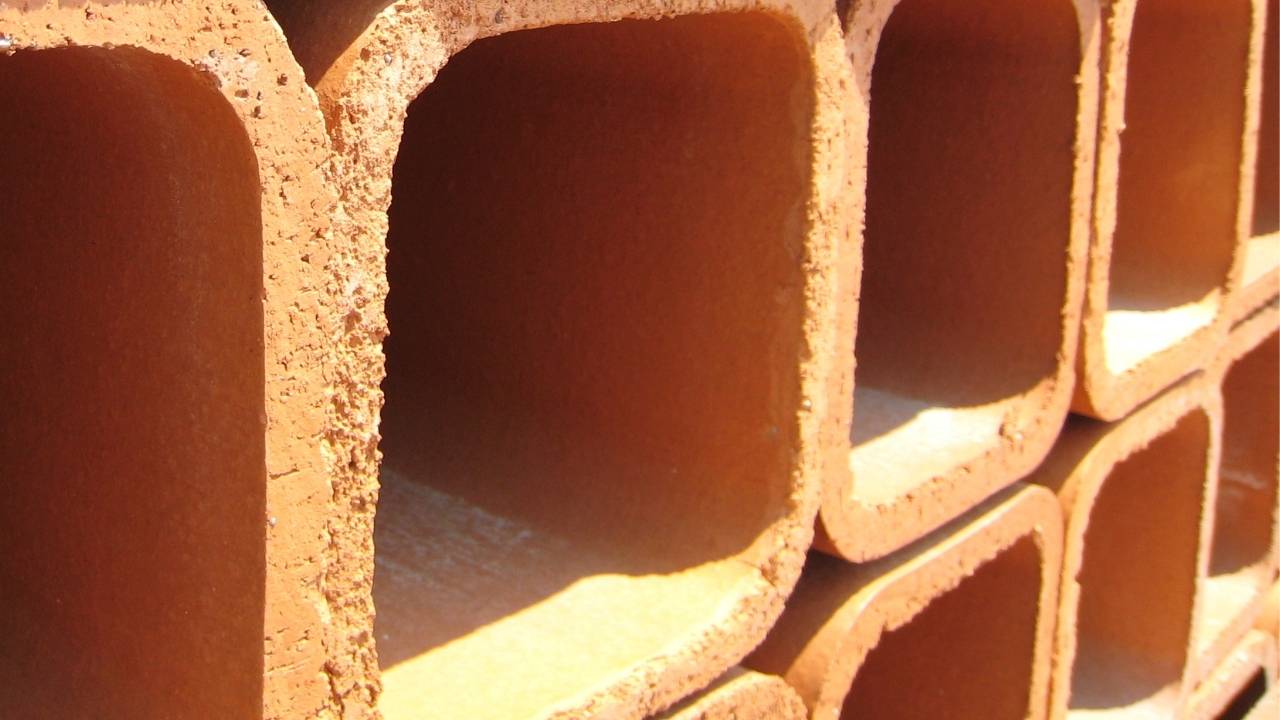
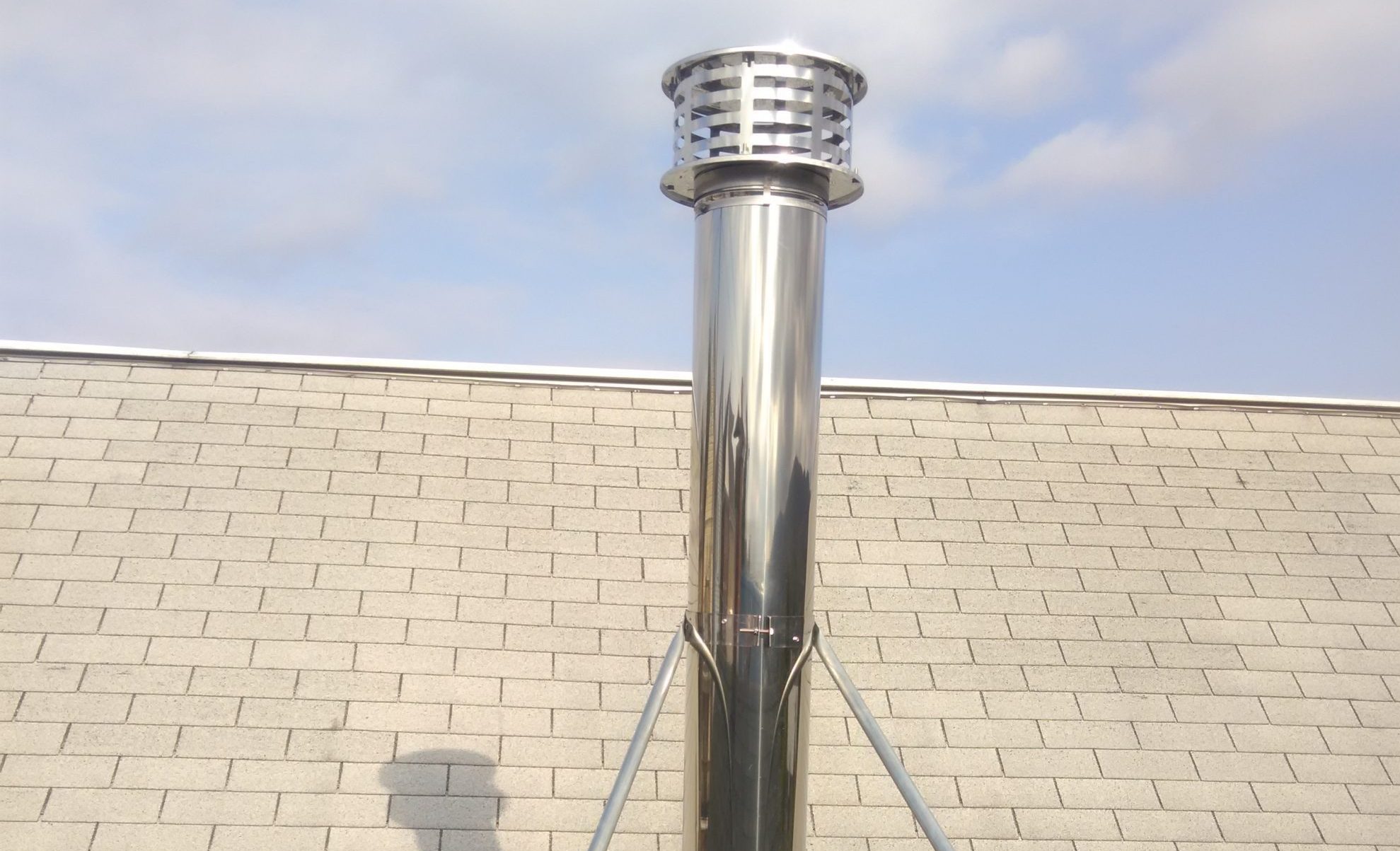
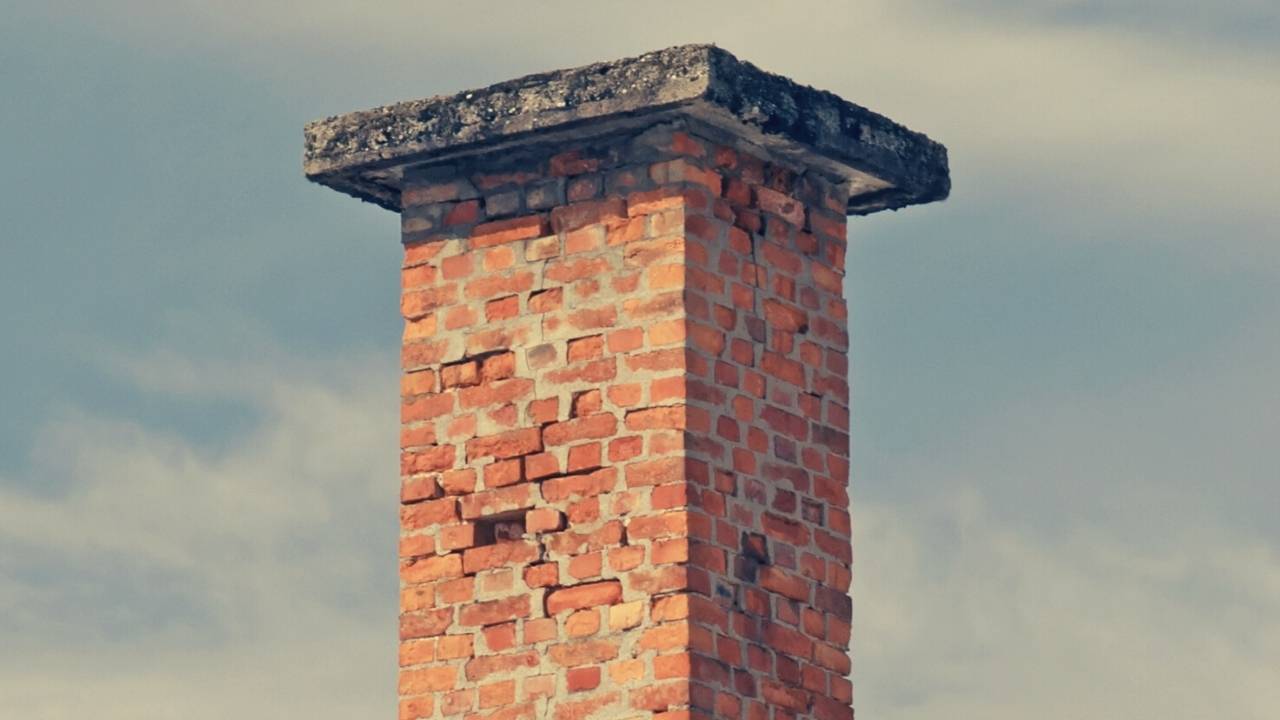
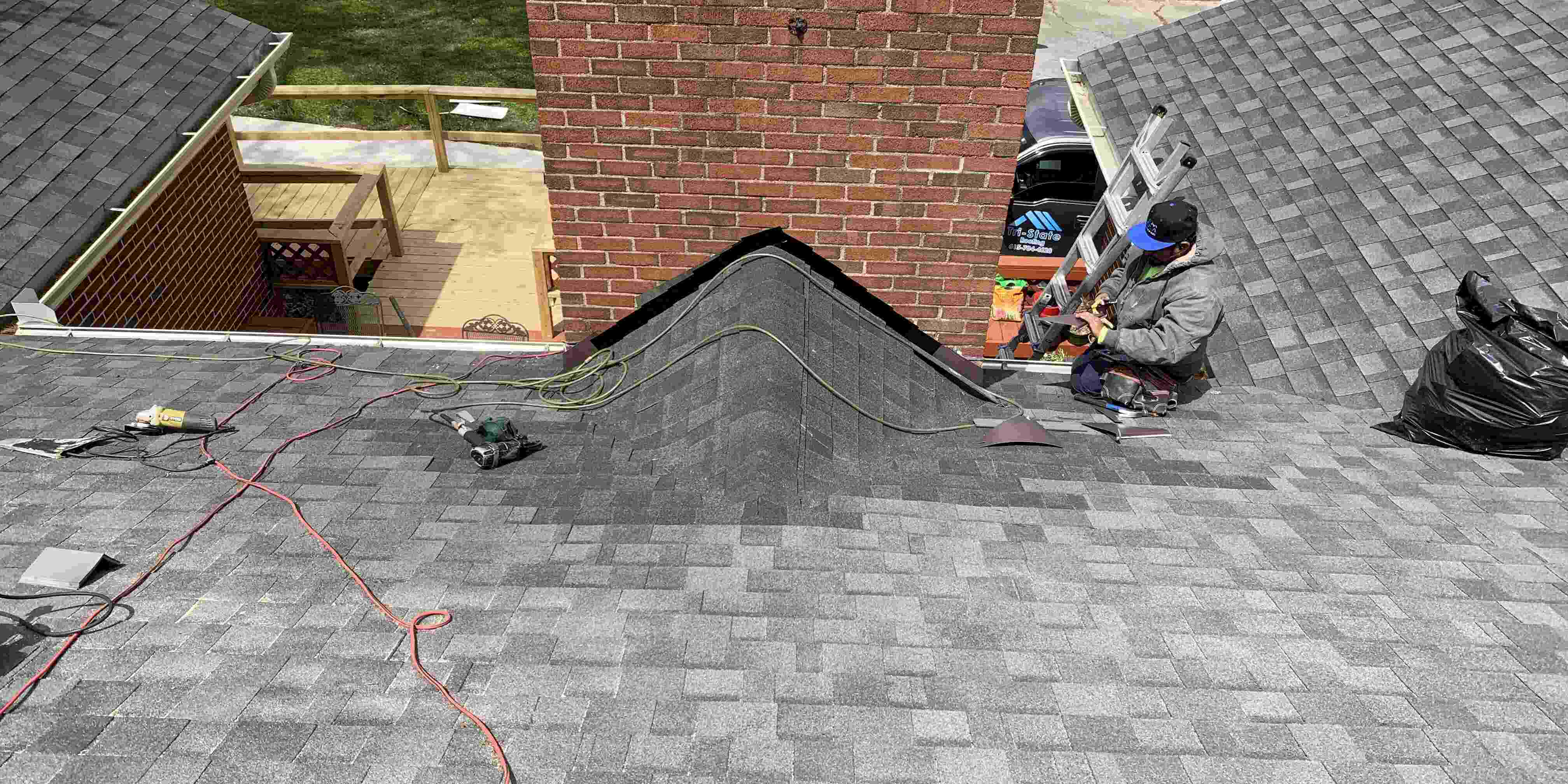
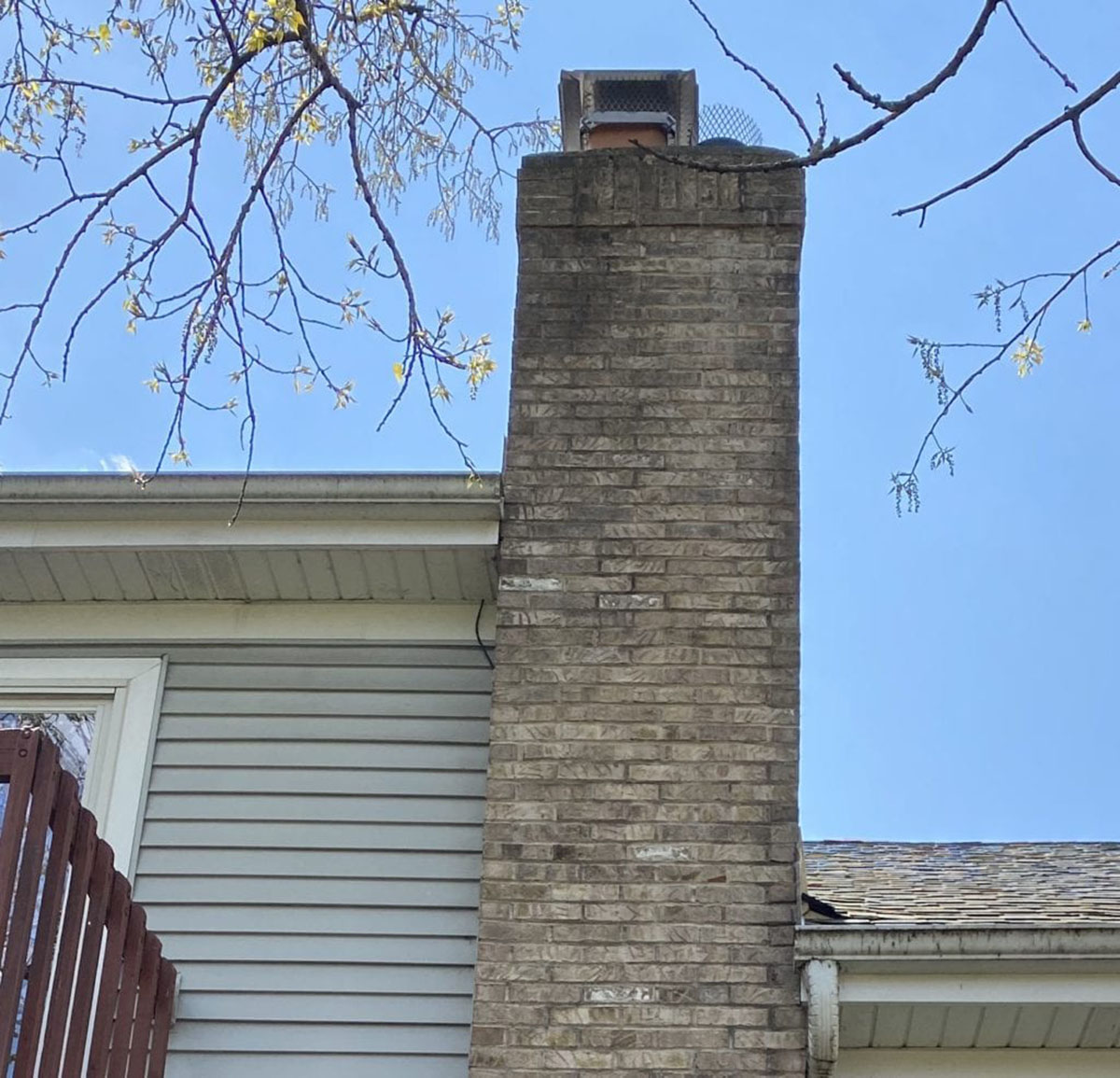

0 thoughts on “What Is A Spark Arrestor On A Chimney”